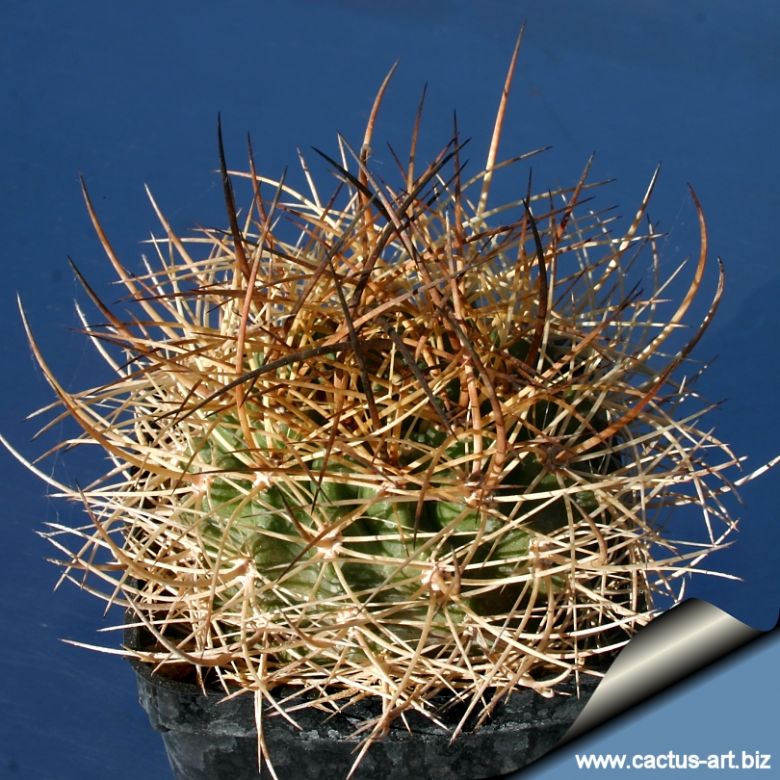
Eriosyce engleri Photo by: Cactus Art
East Ovalle 2500m
Origin and Habitat: Santiago and Valparaiso, Chile.
Type locality: Cerro Las Vizcachas and Colliguay alto.
Altitude: 1700-1900 metres above sea level
Habitat: It grows on the slopes in very arid mountainous area where its thick spination protects it against light night frosts and from the intense sunlight found at the altitude in which it resides.
Synonyms:
Description: Eriosyce engleriSN|2603]]SN|2603]] is a beautiful small barrel cactus with stems cowered with dense stout golden-yellow or yellowish-brown spines. It produces showy flowers in summer.
Habit: It is a mostly simple rarely clustering species.
Roots: fibrous.
Stem: At first hemispherical 14-18 cm diameter, later elongating to 30 cm high.
Ribs: 16-20 tubercled with chinlike protrusions.
Spines: Numerous, stout, upwardly curved, not readily distinguishable as centrals and radial white or yellowish-brown in the lower part of the shoots and brown to black at the top.
Central spines: 5-8, 4-7 cm long,
Radial spines: 12-20 shorter than the centrals.
Flower: Closely packed apically from young areoles, funnel-shaped 5-6 cm long, 4-4-5 cn in diameter, tepals bright lemon yellow with a reddish centralstrip. Style greenish white not red.
Fuits: Red.
Bibliography: Major references and further lectures
1) Edward Anderson “The Cactus family” Timber Press, Incorporated, 2001
3) James Cullen, Sabina G. Knees, H. Suzanne Cubey "The European Garden Flora Flowering Plants: A Manual for the Identification of Plants Cultivated in Europe, Both Out-of-Doors and Under Glass" Cambridge University Press, 11/Aug/2011
4) David R Hunt; Nigel P Taylor; Graham Charles; International Cactaceae Systematics Group. "The New Cactus Lexicon" dh books, 2006
5) "Succulent Plant Research" Volume 1, David Hunt, Richmond 1994, page. 117.
6) Fred Kattermann “Eriosyce (Cactaceae): The Genus Revised and Amplified” David Hunt, 1994
7) Urs Eggli, Leonard E. Newton: "Etymological Dictionary of Succulent Plant Names" Birkhäuser 2004 page. 76.
8) Succulenta. 1959, page. 76.
9) David Hunt, "Succulent Plant Research" Volume 1, Richmond 1994, page. 118.
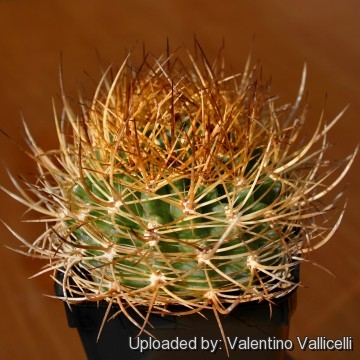 Eriosyce engleri Photo by: Valentino Vallicelli
Eriosyce engleri Photo by: Valentino Vallicelli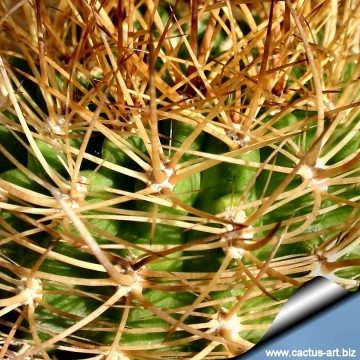 Eriosyce engleri Photo by: Cactus Art
Eriosyce engleri Photo by: Cactus Art Eriosyce engleri Photo by: Cactus Art
Eriosyce engleri Photo by: Cactus Art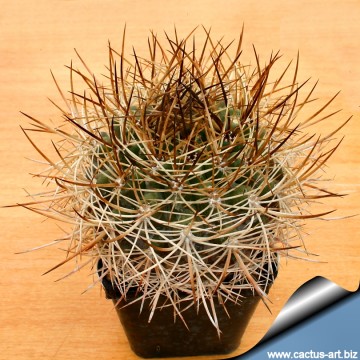 Eriosyce engleri Photo by: Cactus Art
Eriosyce engleri Photo by: Cactus Art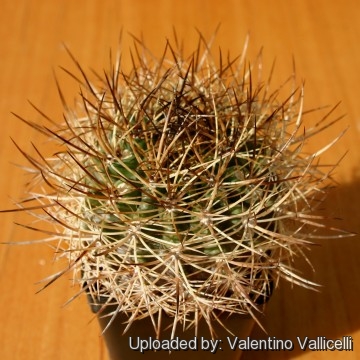 Eriosyce engleri Photo by: Valentino Vallicelli
Eriosyce engleri Photo by: Valentino Vallicelli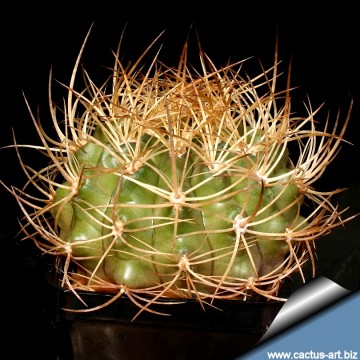 Eriosyce engleri Photo by: Cactus Art
Eriosyce engleri Photo by: Cactus Art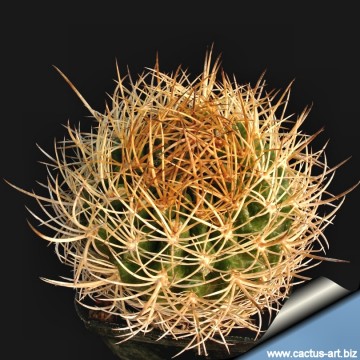 Eriosyce engleri Photo by: Cactus Art
Eriosyce engleri Photo by: Cactus ArtSend a photo of this plant.The gallery now contains thousands of pictures, however it is possible to do even more. We are, of course, seeking photos of species not yet shown in the gallery but not only that, we are also looking for better pictures than those already present.
Read More... Cultivation and Propagation: Eriosyce engleriSN|2603]]SN|2603]] is a much decorative cactus, but not easily found in cultivation. It is a slow growing and rot prone species if kept in a non ventilated place.
Soil: Require a very fast mineral draining drying soil (70-80% grit and 20-30% of land soil), as it is sensitive to rottenness when in presence of humidity and low temperatures and let the soil dry out between waterings.
Water: Rot prone, needs good drainage, waterings should be rather infrequent in summer (do not overwater), to keep the plant compact and not become excessively elongated and unnatural in appearance. Keep dry in winter, or when night temperatures remain below 10° C.
Hardiness: Hardy to at least -5°C for a short period but cannot tolerate long standing freezing temperature, and for an healthy cultivation ensure a minimum temperature of 5° C. Assure a good ventilation. USDA Hardiness Zone 9b and 11. In wet winter areas it is recommended to keep the plant in a sunny greenhouse enclosure to keep dry and protected from wet conditions. In presence of high atmospheric humidity avoid any frost as it is particularly sensitive. Outdoors this plant is adaptable, as long as you avoid excessive humidity in the winter months. As a former mountain dweller, does not care for extremely high temperatures in summer.
Exposure: It need full sun exposures with ample airflow for best appearance (maximum brightness, sunlight accepted), but tolerate light shade.
Maintenance: Repot in the spring, when their roots become cramped. Generally, they should be repotted every other year in order to provide fresh soil. After repotting, do not water for a week or more.
Use: Excellent as landscape or patio plant. It is suitable for small “desert” gardens, in association with other xerophytes. Where the open air cultivation is not possible due to the climate, it is to be cultivated in pot in order to shelter it in winter.
Propagation: Usually propagated from Seeds. (seldom produces offsets). The seedling growth is rapid. But the seedling are often grafted because the plants on their own roots.

















